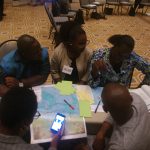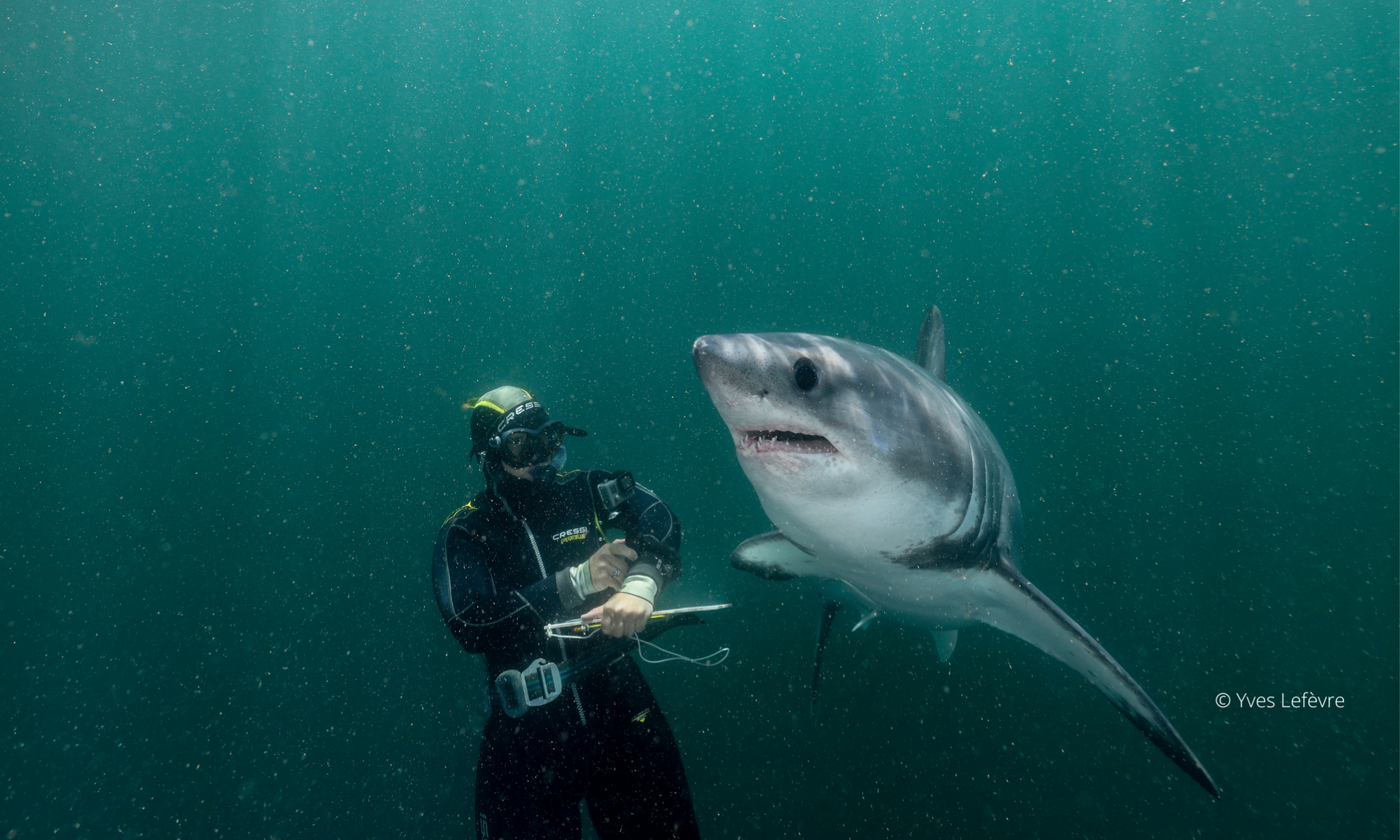Healthy and productive oceans and coasts provide vital services essential to human society. However, many of these services are declining due to increasing and often competing coastal activities and resource uses. The trend is amplified by uncoordinated sector policies and management. An integrated approach to policy implementation and ecosystem management across sectors is therefore essential to foster effective synergies.
Therefore, Blue Planning, i.e. ecosystem-based marine and coastal planning and management is regarded as a particularly useful approach to support integration of environment and resource management, sustainable development and governance priorities at local, national and regional scales.
Informed by decades of practical experiences and learning in the field, this training course aims to strengthen planning and implementation in one’s own context while providing an introduction to the theory and practical starting points of Blue Planning. It is based on a large and diverse range of existing frameworks, tools, guidelines, articles and online resources aiming to enable national and local planners and practitioners develop and implement integrated coastal and marine policies and plans
DRDH contribute to Blue Planning in Practice (Blue Solution Initiative) and offered with over international expert some specific training tailored for maritime stakeholders :
´Blue Planning in Practice´ (BPiP) is an overarching term for approaches such as integrated coastal zone management, coastal and marine spatial planning or maritime planning. The introduction also referred to a real case example (Benguela Current).
BPiP promotes an ecosystem approach, aiming to achieve multiple objectives for the use of coasts and ocean by minimizing conflicts among users and reducing impacts on ecosystems and ecosystem services and fostering sustainable development.
Blue Planning does not lead to a final and definitive plan. It is a continuing, iterative process that includes learning and adaptive management over time. The development and implementation of Blue Planning includes a number of elements, comprising the following:
- Identification of need and process design
- Organisation of stakeholder participation
- Inventory and analysis of current and future conditions
- Drafting and approving the spatial management plan
- Implementation and enforcement
- Monitoring, revision and adjustment




